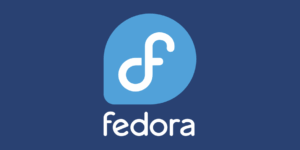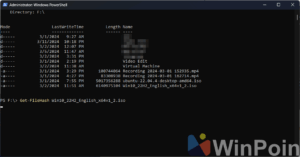Looking to create a super strong password that’s secure against brute force attacks and hard for others to guess? Here’s a quick guide from dgdig to help you craft a robust password without worrying about it being easily cracked.
One of the most critical steps is to avoid using common passwords like “12345678”, “qwerty”, or “Admin#1234”. Such combinations are highly vulnerable in today’s digital age.
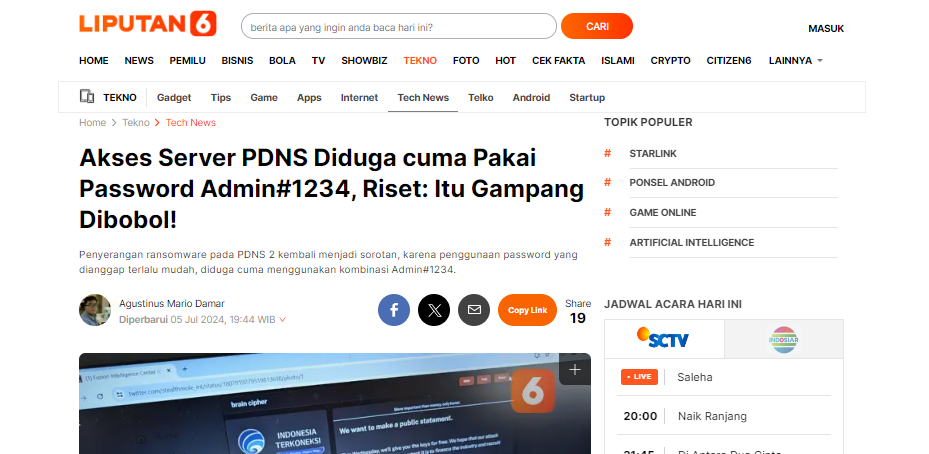
Read Also:
Ensure your password includes at least 12 characters, combining uppercase letters, numbers, and special symbols. For example, “!rV%3kvjBV6xL!” is a solid choice.
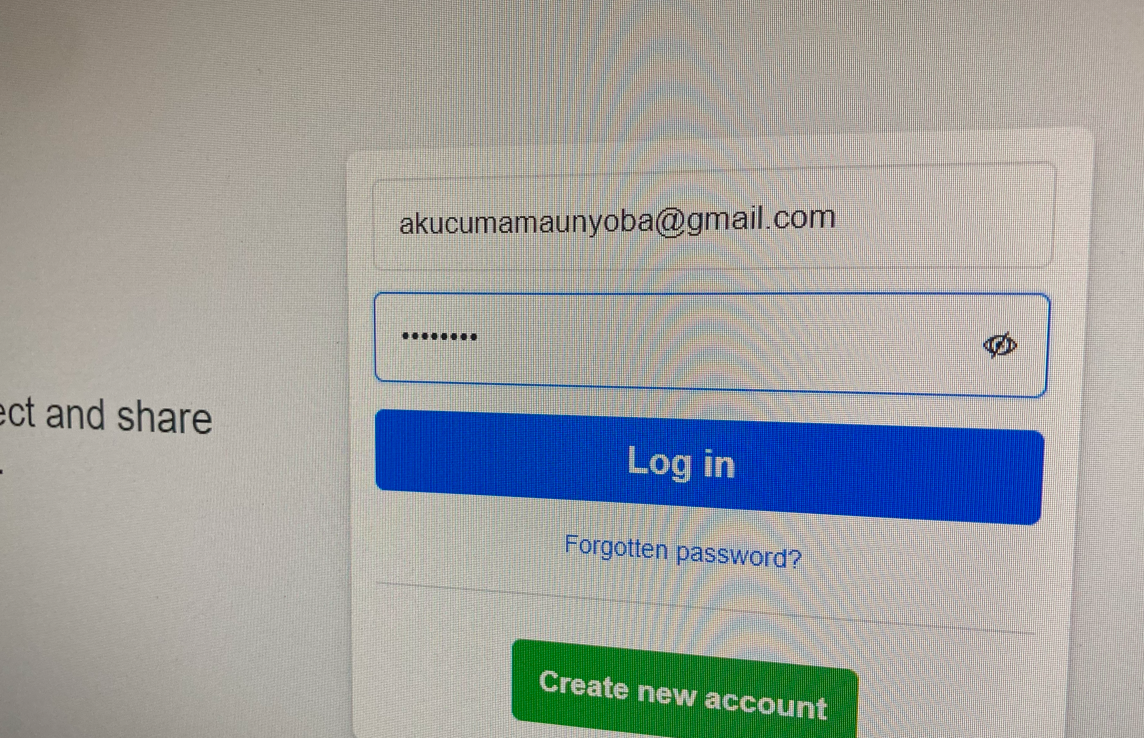
Whenever possible, use unique passwords for each of your accounts. For instance, use “!rV%3kvjBV6xL!” for Facebook, “kuR4jKnR93FW” for Instagram, and “E*3$66ozST7#fD” for Twitter/X.
Never reuse the same password across multiple accounts. If one account is compromised, it could make it easier for others to access your other accounts.

If you log in using Google or Microsoft accounts, ensure two-factor authentication (2FA) is enabled. While quick logins are convenient, 2FA adds an extra layer of security.
Many users overlook the importance of 2FA. Even if your main password is guessed, unauthorized access is prevented by requiring an OTP or code from an authenticator app.
In addition to phone-based OTP, consider using apps like Google Authenticator or Microsoft Authenticator for added security.
Even with a strong password, some websites may have been compromised. Check https://haveibeenpwned.com/ to see if your accounts are affected and update your passwords accordingly.
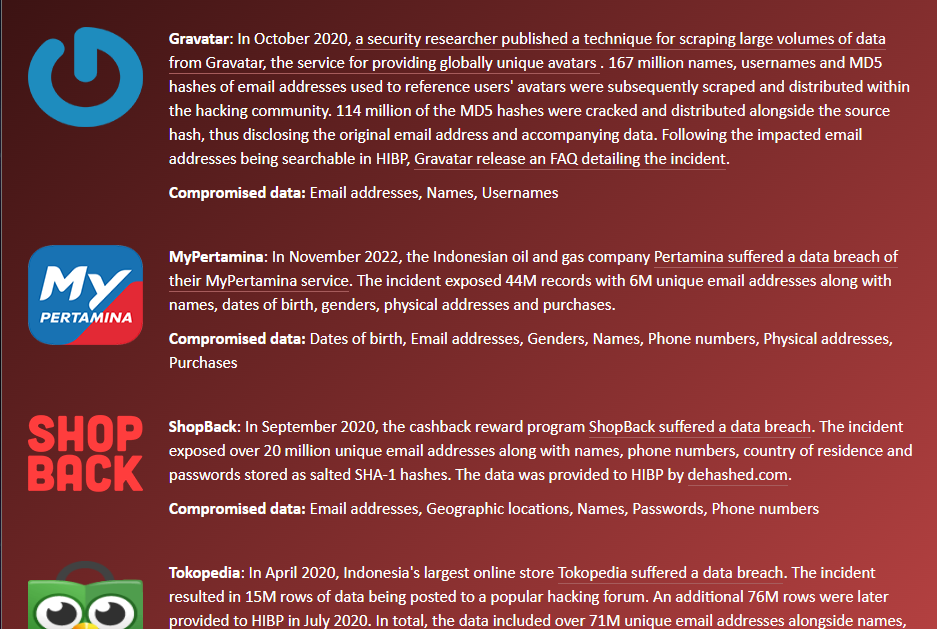
For maximum security, change your passwords regularly, ideally every month.
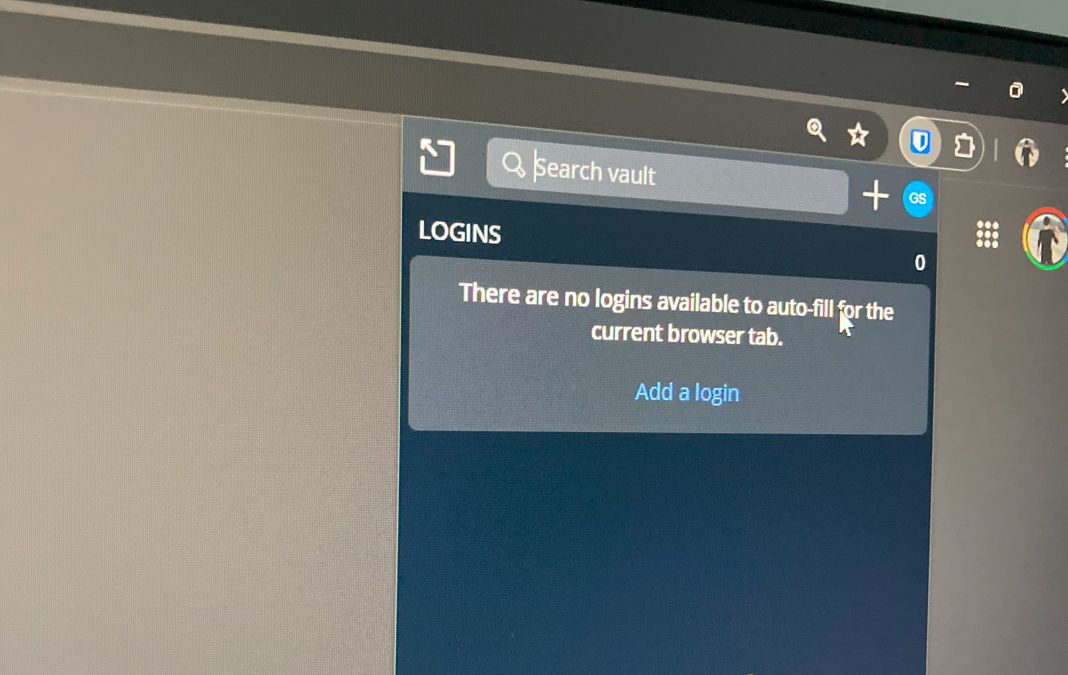
To avoid forgetting your unique passwords, store them in a physical notebook kept in a secure location. Alternatively, use a password manager like LastPass, 1Password, or Bitwarden. These tools not only generate strong passwords but also store them securely.
Read Also: Bitwarden, a LastPass Alternative Password Manager
Always choose a trusted password manager. Even LastPass experienced a data breach, though user data remained safe.
The tips above can help secure your accounts from unwanted access. However, remember that even the strongest accounts can be compromised if you’re careless online. Stay vigilant and mindful of your actions.
Ultimately, it’s up to you as the user. Avoid suspicious websites, refrain from installing untrusted apps, and be cautious when filling out forms.
Stay safe and secure, everyone!



